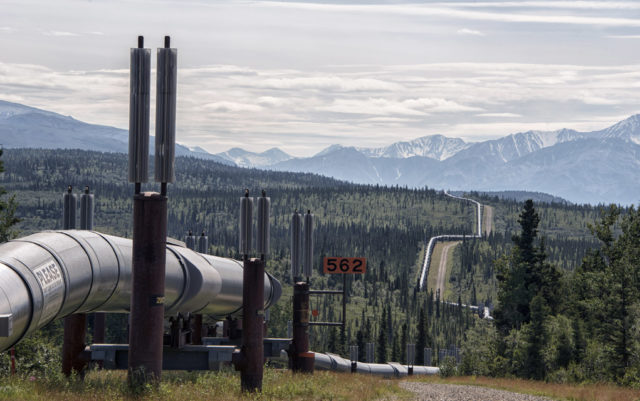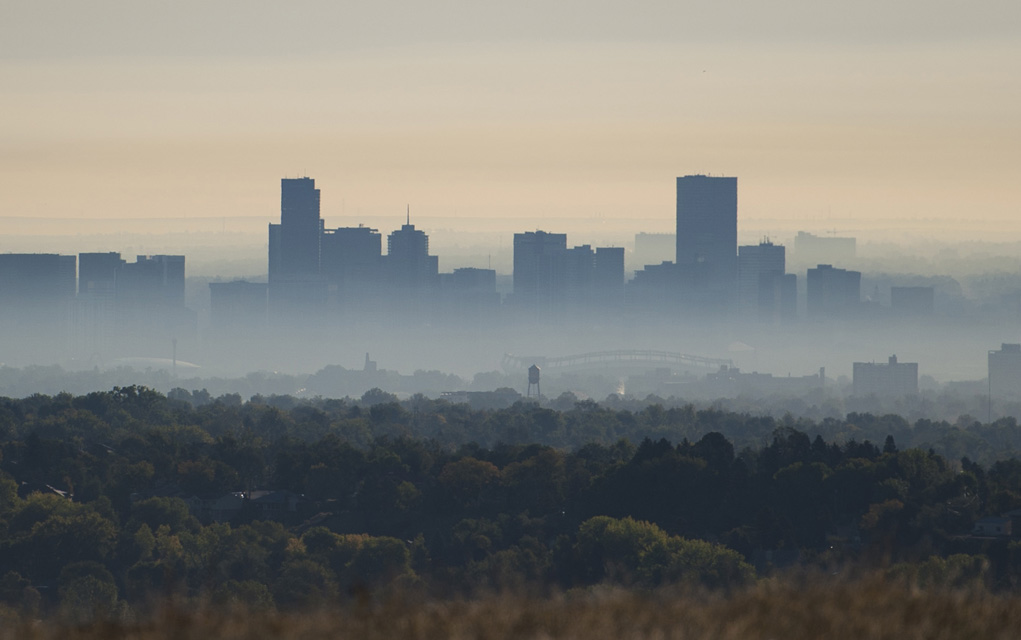
It’s almost summer, which means those of us who live along the Front Range ought to prepare for high ozone days.
On May 28, the Colorado Department of Public Health and Environment issued the year’s first “ozone action day alert” — that is, it was hot and sunny, culminating in ozone concentrations reaching levels that are unsafe for sensitive groups. Any hope that stay-at-home orders during the pandemic might quell the release of volatile organic compounds, which contribute to ground-level ozone creation, should be tempered, according to Collin Tomb, air and climate team lead at Boulder County Public Health.
“While we did see an improvement to air quality from reduced commuter traffic during the stay-at-home order,” Tomb said in a statement, “the move to some people returning to the office may make those improvements short-lived. Air pollutants from vehicles, together with those associated with the extraction, burning and manufacturing of fossil fuels, are the cause of our especially high ozone.”
Boulder County recently received an “F” grade from the American Lung Association for its high levels of ozone. According to Boulder County, “Breathing ground-level ozone can cause symptoms such as coughing, throat irritation, pain, burning, tightness or discomfort in the chest, and wheezing or shortness of breath. Long-term exposure to ozone causes more frequent and severe asthma attacks, increased hospitalizations, and higher rates of illness and death.”
If you’re concerned about how state and local officials are addressing ozone pollution, submit comments ahead of the June 18 Colorado Air Quality Control Commission meeting by emailing
[email protected].

With warmer temperatures, ozone pollution returns to Boulder County
It’s almost summer, which means those of us who live along the Front Range ought to prepare for high ozone days.
On May 28, the Colorado Department of Public Health and Environment issued the year’s first “ozone action day alert” — that is, it was hot and sunny, culminating in ozone concentrations reaching levels that are unsafe for sensitive groups. Any hope that stay-at-home orders during the pandemic might quell the release of volatile organic compounds, which contribute to ground-level ozone creation, should be tempered, according to Collin Tomb, air and climate team lead at Boulder County Public Health.
“While we did see an improvement to air quality from reduced commuter traffic during the stay-at-home order,” Tomb said in a statement, “the move to some people returning to the office may make those improvements short-lived. Air pollutants from vehicles, together with those associated with the extraction, burning and manufacturing of fossil fuels, are the cause of our especially high ozone.”
Boulder County recently received an “F” grade from the American Lung Association for its high levels of ozone. According to Boulder County, “Breathing ground-level ozone can cause symptoms such as coughing, throat irritation, pain, burning, tightness or discomfort in the chest, and wheezing or shortness of breath. Long-term exposure to ozone causes more frequent and severe asthma attacks, increased hospitalizations, and higher rates of illness and death.”
If you’re concerned about how state and local officials are addressing ozone pollution, submit comments ahead of the June 18 Colorado Air Quality Control Commission meeting by emailing
[email protected].
County study compares emissions between marijuana grow sites
Cannabis grown in Boulder County greenhouses use about 30% less energy than plants grown in indoor facilities, according to a new assessment released by Boulder County’s Cannabis Energy Impact Offset Fund and Energy Resources Solutions.
The report provided recommendations for cannabis growers in Boulder County to reduce costs, lower carbon footprints and maximize production.
Some key findings from the report: While indoor grow facilities are more electricity-intensive due to their reliance on artificial lighting, greenhouse-grown cannabis actually requires more fuel due to lower yields in the greenhouses.
Still, greenhouse facilities are 70% more productive than indoor grow sites, when considering productivity through the lens of how much carbon dioxide is emitted to produce a gram of product.
Research done locally like this will help Boulder County producers keep up with market trends nationwide, as more states legalize marijuana.
“As the cannabis industry matures and nationwide market competition increases, it will be imperative for Boulder County cannabis cultivators to make data-driven decisions that lead to energy savings while maintaining or increasing their productivity levels,” said Dave Hatchimonji, energy efficiency program manager at Boulder County, in a statement. This “report should give these organizations a foot up on their peers, while addressing Boulder County’s need to lower the carbon emissions for this energy-intensive industry.”














